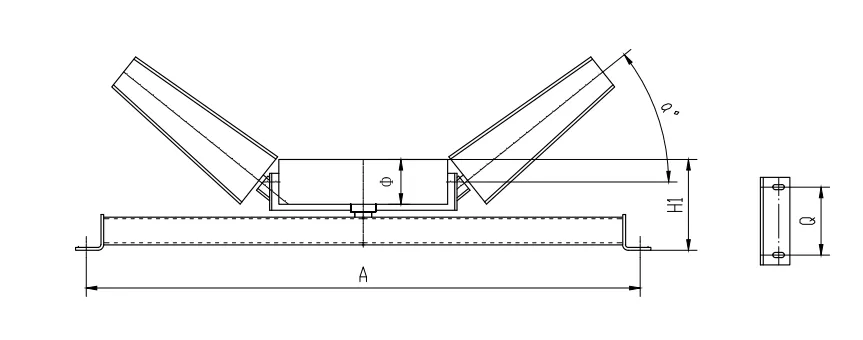 Afrikaans
Afrikaans  Albanian
Albanian  Amharic
Amharic  Arabic
Arabic  Armenian
Armenian  Azerbaijani
Azerbaijani  Basque
Basque  Belarusian
Belarusian  Bengali
Bengali  Bosnian
Bosnian  Bulgarian
Bulgarian  Catalan
Catalan  Cebuano
Cebuano  Corsican
Corsican  Croatian
Croatian  Czech
Czech  Danish
Danish  Dutch
Dutch  English
English  Esperanto
Esperanto  Estonian
Estonian  Finnish
Finnish  French
French  Frisian
Frisian  Galician
Galician  Georgian
Georgian  German
German  Greek
Greek  Gujarati
Gujarati  Haitian Creole
Haitian Creole  hausa
hausa  hawaiian
hawaiian  Hebrew
Hebrew  Hindi
Hindi  Miao
Miao  Hungarian
Hungarian  Icelandic
Icelandic  igbo
igbo  Indonesian
Indonesian  irish
irish  Italian
Italian  Japanese
Japanese  Javanese
Javanese  Kannada
Kannada  kazakh
kazakh  Khmer
Khmer  Rwandese
Rwandese  Korean
Korean  Kurdish
Kurdish  Kyrgyz
Kyrgyz  Lao
Lao  Latin
Latin  Latvian
Latvian  Lithuanian
Lithuanian  Luxembourgish
Luxembourgish  Macedonian
Macedonian  Malgashi
Malgashi  Malay
Malay  Malayalam
Malayalam  Maltese
Maltese  Maori
Maori  Marathi
Marathi  Mongolian
Mongolian  Myanmar
Myanmar  Nepali
Nepali  Norwegian
Norwegian  Norwegian
Norwegian  Occitan
Occitan  Pashto
Pashto  Persian
Persian  Polish
Polish  Portuguese
Portuguese  Punjabi
Punjabi  Romanian
Romanian  Russian
Russian  Samoan
Samoan  Scottish Gaelic
Scottish Gaelic  Serbian
Serbian  Sesotho
Sesotho  Shona
Shona  Sindhi
Sindhi  Sinhala
Sinhala  Slovak
Slovak  Slovenian
Slovenian  Somali
Somali  Spanish
Spanish  Sundanese
Sundanese  Swahili
Swahili  Swedish
Swedish  Tagalog
Tagalog  Tajik
Tajik  Tamil
Tamil  Tatar
Tatar  Telugu
Telugu  Thai
Thai  Turkish
Turkish  Turkmen
Turkmen  Ukrainian
Ukrainian  Urdu
Urdu  Uighur
Uighur  Uzbek
Uzbek  Vietnamese
Vietnamese  Welsh
Welsh  Bantu
Bantu  Yiddish
Yiddish  Yoruba
Yoruba  Zulu
Zulu Exploring the Importance and Functionality of Idlers and Rollers in Industrial Applications
Idler and Roller Key Components in Mechanical Systems
In the realm of mechanical engineering, the terms idler and roller often surface when discussing the functionality and efficiency of various systems, particularly in conveyor belts, manufacturing equipment, and material handling applications. Both components play crucial roles, yet they serve distinct purposes that contribute to the overall effectiveness of machinery.
Idler Defined
An idler is a kind of roller that is not powered but supports and guides the movement of a conveyor belt or a similar mechanism. Typically installed at certain intervals along the conveyor system, idlers help to keep the belt in alignment and reduce sagging between tension points. They may come in various forms—such as flat, trough, or rubber-topped—each suited for specific applications based on the material being transported and the overall design of the conveyor.
The primary function of an idler is to minimize friction and wear on the conveyor belt. By providing a smooth surface for the belt to glide over, idlers help in reducing the energy required to move materials, thereby improving operational efficiency. Additionally, proper idler selection and maintenance can significantly extend the lifespan of the conveyor system.
Roller Explained
In contrast, the term roller typically refers to a component that assists in the movement of loads by providing a rolling surface. Rollers can be powered or non-powered, depending on their application. For instance, powered rollers are often found in automated systems, such as roller conveyor systems, where they help to move items from one point to another through the application of motorized power.
idler and roller

Rollers can be configured in various arrangements—such as gravity rollers or powered rollers—to suit different operational needs. Gravity rollers rely on the force of gravity to transport goods downhill, while powered rollers use motors to drive products along a flat or inclined surface. This versatility makes rollers an integral part of material handling systems across industries, including warehousing, distribution centers, and manufacturing facilities.
Interrelationship of Idlers and Rollers
While idlers and rollers may serve different purposes, they often work together within a single system to achieve optimal performance. A conveyor system might utilize both components idlers to support and guide the belt while rollers help transport goods across varying distances. The combination of these elements ensures smooth operation, which is vital for the efficiency and productivity of industrial processes.
The synergy between idlers and rollers also highlights the importance of proper design and maintenance. Engineers must consider the specific needs of their application, such as load capacity, belt speed, and material characteristics, to select appropriate idlers and rollers. Regular inspections are crucial as well, as worn or damaged components can lead to increased downtime, costly repairs, and reduced operational efficiency.
Conclusion
In conclusion, idlers and rollers are essential components in mechanical systems that contribute to the efficiency and functionality of material handling processes. The choice between idler and roller depends on the specific needs of the system, but both work in tandem to ensure smooth operation and longevity. As technology advances, innovations in materials and design will likely enhance the performance of these components, leading to even greater efficiency in industrial applications. Understanding the roles of idlers and rollers, as well as their interrelationship, is critical for anyone involved in mechanical design and material handling operations.
-
Revolutionizing Conveyor Reliability with Advanced Rubber Lagging PulleysNewsJul.22,2025
-
Powering Precision and Durability with Expert Manufacturers of Conveyor ComponentsNewsJul.22,2025
-
Optimizing Conveyor Systems with Advanced Conveyor AccessoriesNewsJul.22,2025
-
Maximize Conveyor Efficiency with Quality Conveyor Idler PulleysNewsJul.22,2025
-
Future-Proof Your Conveyor System with High-Performance Polyurethane RollerNewsJul.22,2025
-
Driving Efficiency Forward with Quality Idlers and RollersNewsJul.22,2025





























